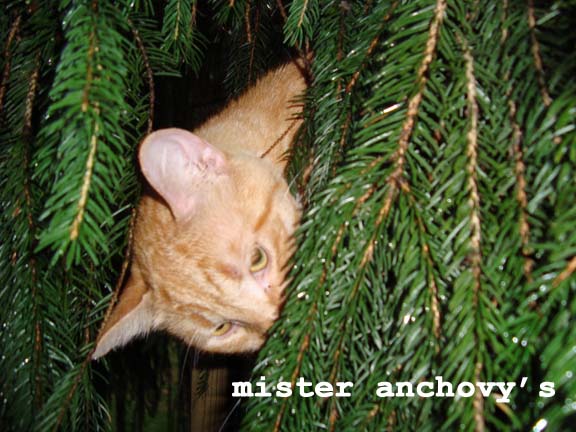I'm sorry...
I realize I haven't been posting enough accordion music lately. I've been too caught up in the series on cover tunes. Thanks for your patience.
Here's an excellent Swiss Schottische, played on a chromatic button accordion.
And another schottische, this time played on a two-row diatonic box
And one more, back to a chromatic button accordion
Now that feels better, doesn't it?


5 comments:
I feel much better, thanks! I am sure this sunday morning my neighbours feel better too. I always forget to adjust the volume on my puter before i play videos oops!
That is better! Maybe you've explained this before but what is the difference between a diatonic and a chromatic accordion?
A chromatic accordion can play all the notes in all the scales, with all the needed sharps and flats. Diatonic accordions are tuned to specific sets of keys. A single-row diatonic is tuned to one key and has an arrangement of notes just like a harmonica. These instruments play different notes when you pull air through the bellows than when you push air through, again, just like a harmonica. A two-row diatonic box is set up with two keys and a three row is set up with three keys. My three-row accordions are tuned to the keys of G C and F. That means that on the right side, there is a G row, a C row and an F row, like three harmonicas jammed together, one in each key. The left side is set up with the fundamental basses and chords for those three keys + a couple minor chords and a flattened chord.
Triple-row boxes also have some "helper accidentals" on the right side. This means that you can actually play in a couple more keys than the accordion is designed for - on the right side. If you try to play in those keys, you don't have the notes and chords you need on the left side at all. That's why players from some cultures - such as Mexican-American conjunto players, only play on the right side and don't use the left side at all.
So, why use a diatonic instrument? They are very good for playing all kinds of ethnic dance music that demands a strong rhythmic base. All sorts of musical styles have been developed around this kind of instrument, including Alpine polka music, Basque Trikitixa, Cajun, Creole and Zydeco music, Conjunto (Tex-Mex), Vallenato music, and more.
Clear as mud?
Thanks. Now I know my sister has chromtic accordion.
The ones with the piano keys are chromatic, but we usually call them piano accordions....the chromatic ones with the buttons are usually called either chromatic accordions or chromatic button accordions, or in some places, cba's.
Post a Comment